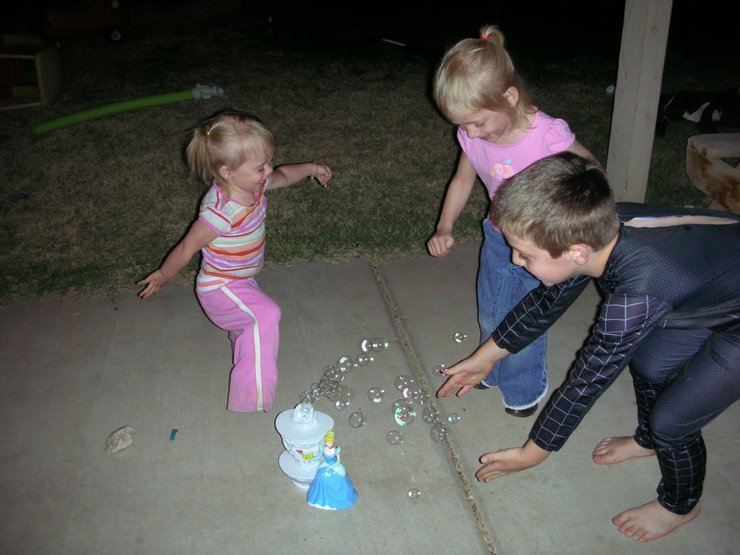Katrina woke me up this morning by franticlly shaking me and saying "Mom a worm! Mom a worm on the book! Mom!" I told her to squish it. She said "No you get it" So I slowly got out of bed and told her to get me a tissue. She ran and got one and came back. I said "Where is it? She said "It was on the book!" I looked around and found it. I looked like a little centipede so insted of squshing it and flushing it, I put it in a water bottle that Tim thankfully left on the floor in our room. (Never thought I'd be greatful for that) I went down stairs and googled centipede. YUP! IT WAS A CENTIPEDE!! AHHH!!! I am so freaked out by it! My skin is crawling. It is still in the water bottle. I'm not letting it out until it dies in the bottle!
Here is the google pic of it....
Here are my pics...
Centipedes are land dwellers, but they do prefer moist habitats or areas of high humidity.
Centipedes do not carry diseases to man or to his animals and plants. They are usually considered nuisances rather than destructive pests. Centipedes pose an occasional threat to man because they have poison glands and will bite.
Description
There are many kinds of centipedes but all of them are more or less wormlike and have a flattened body. The largest centipede inhabits the tropics of Central America. Scolopendra gigantca is its name and when fully mature will attain a length of 12 inches. A closely related centipede, Scolopendra heros, occurs in Texas and may be over 5 inches long when full grown.
Like all centipedes Scolopendra can inflict a painful bite with a pair of poison claws located directly under the head. These poison claws, once a pair of walking legs, have undergone a drastic change over thousands of years and are now used for capturing and killing their prey instead of walking. So complete is the change and so close is the association with the head, the claws now appear to be mouth parts.
Most centipedes can only bite with their poison claws located directly under the head; however, Scolopendra can harm a person with the sharp claws of its many walking legs. Each walking leg is tipped with a sharp claw capable of making tiny cuts in human skin. A poison produced from the attachment point of each leg may be dropped into the wounds resulting in an inflamed and irritated condition. The best rule of thumb is NEVER HANDLE CENTIPEDES.
Monday, August 25, 2008
Centipede!?!?!?
Subscribe to:
Post Comments (Atom)



















7 comments:
Ok, your bug pictures are creeping me out! If you don't knock it off, I'm not going to be visiting your blog anymore! ;o)
Ga-Ross!!! And I thought QC had the nastiest critters!
i looked again today and I still think ewwwwww Yuck! I know I already said it but, it needed to be said again. love you.
Yikes! That just gives me the heebie-jeepies.
We have had two centipedes also since we've been here in Iowa. That's one thing I wasn't prepared for---all the bugs!! Yuck!! At least there are no scorpions. :)
Gross Shay! I don't know if there's a word for my fear of worms or anything similar but your pictures didn't help! Worm-a-phobia...I guess. Thanks for the info though.
I thought the bugs were bad in Kansas. That would have completely freaked me out!
Post a Comment